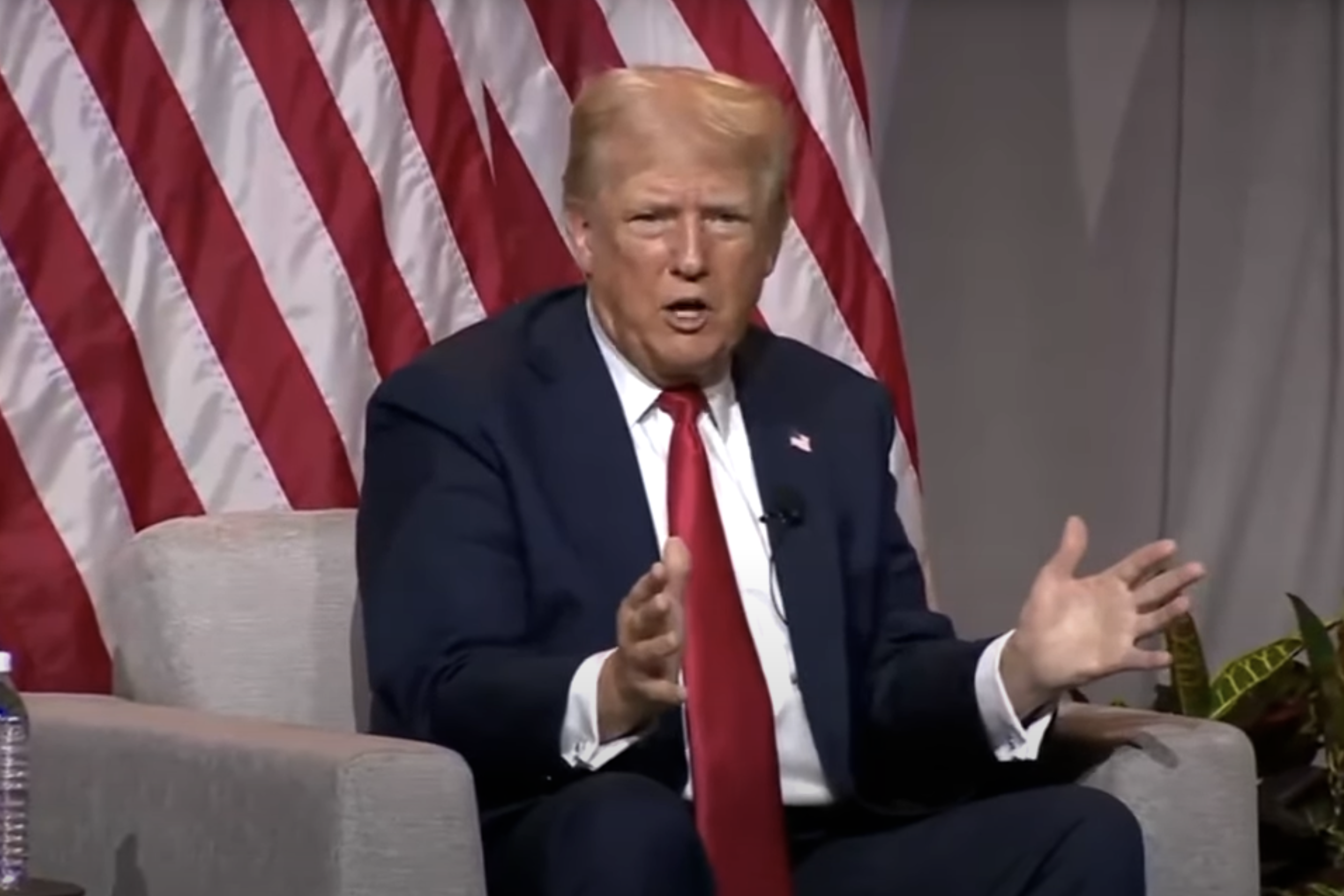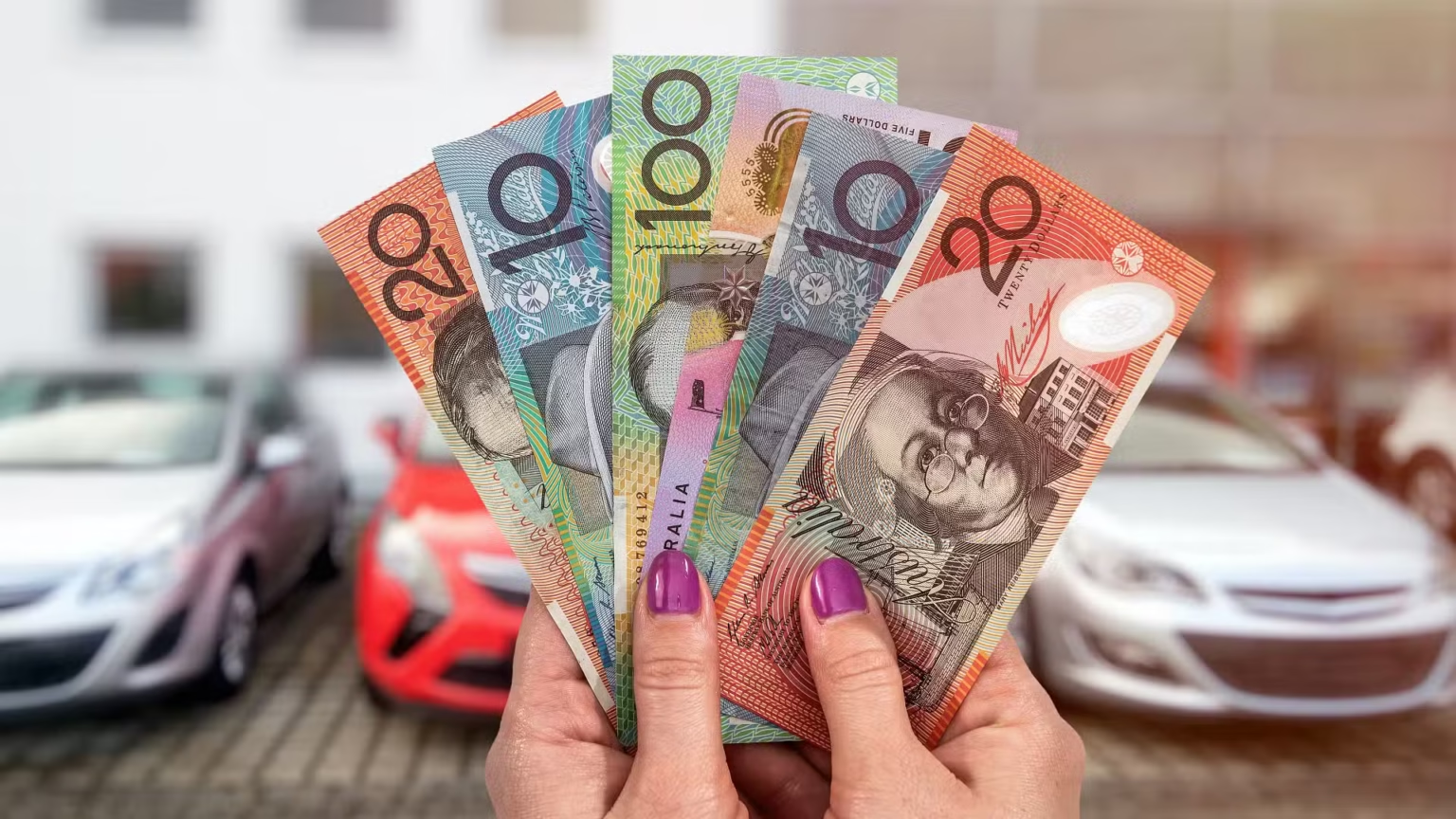The world of electric vehicles (EVs) is facing an uncertain future, especially with the new US president, Donald Trump, undoing some of the policies put in place by his predecessor, Joe Biden.
One of Trump’s first actions was to remove the 50% target for EV sales, which has sent shockwaves through the industry.
The Impact of Trump’s Tariffs
Trump’s tariffs on imports from China and other countries have also created chaos in the global manufacturing supply chains.
The 10% tariff on Chinese imports could stall plans for Chinese automotive brands entering the US market.

Additionally, the 25% tariff on goods from Canada and Mexico could make the electric Ford Mustang Mach-E, which is made in Mexico, more expensive.
How Will This Affect Australia?
So, what does this mean for Australia? Will the Trump tariffs cut EV prices in Australia? Probably not, according to industry experts.
The general manager of Redbook.com.au, Ross Booth, believes that the new US tariffs will not have a significant impact on the Australian market. This is because most cars sold in Australia are right-hand drive, which limits the number of imported vehicles from the US.
Competition Drives Prices Down
In Australia, competition has been the main driver of EV price reductions. Over the past two years, brands like Ford, Subaru, Mercedes-Benz, MG, BYD, and Tesla have slashed prices or offered discounts to lure buyers and clear stock.
This trend is expected to continue, with the Motor Trades Association of Australia’s CEO, Matt Hobbs, saying that competition is the key factor driving EV prices in Australia.
The Second-Hand EV Market
The used EV market has been struggling, with prices dropping due to the reduced cost of new EVs. This is because buyers can now get a new EV at a lower price, making used EVs less attractive.
According to Booth, EVs do not hold their value as well as internal combustion engine (ICE) vehicles, and rapid improvements in technology also affect used EV values.
Other Factors Affecting Prices
Government incentives, exchange rates, and the federal election could also impact EV prices in Australia. The weak Australian dollar means that retailers pay more to import cars, which could drive up prices.
The federal election could lead to changes in government policies, including the new vehicle efficiency standard, which could encourage manufacturers to sell more efficient vehicles.
Conclusion
While the US policies and tariffs may not have a significant impact on the Australian EV market, competition and other factors will continue to drive prices down.
As the industry continues to evolve, it will be interesting to see how these factors play out and what the future holds for electric vehicles in Australia.

